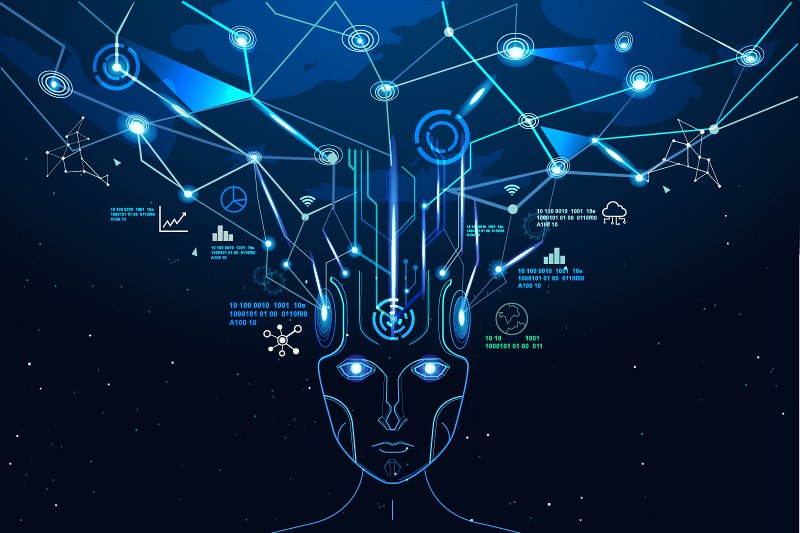As of this writing, three months ago there was no Covid-19.
Now, you can’t look at a media site without hearing about it. Despite teams of scientists and researchers working more collaboratively (thanks to technology!) than ever before, and our understanding of the virus and its mechanism of action improving by the day, there are many questions to which we do not have the answers.
One of those is “Who will go on to suffer the worst symptoms” – a deadly condition called “wet lung” (Acute Respiratory Distress Syndrome).
Enter AI, or more accurately, machine learning. Using detailed data sets from patients who progressed to exhibit wet lung, scientists developed an AI system which is able to predict with upwards of 80% accuracy which patients will go on to develop this condition. Of interest here is the fact that the model found several markers which were linked to an increased chance of the condition – but they were not markers that clinicians would typically have looked at. This is where machine learning’s strengths lie: in finding patterns in data without knowledge of the meaning of that data. Read more about it here.
As the saying goes, being forewarned is being forearmed… and as a famous supermarket chain says, “Every little helps”. Knowing in advance who is likely to experience deadly complications means also knowing who is unlikely to… and this information will be vital in managing the finite resources to which health care services have access as the rate of infection and hospitalisation peaks.
